
| Recorded by: R. Newman on 2025-10-04
Carteret Co.
Comment: | 
| Recorded by: Mark Basinger on 2025-10-01
Richmond Co.
Comment: |

| Recorded by: Mark Basinger on 2025-10-01
Richmond Co.
Comment: | 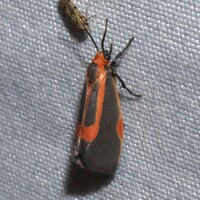
| Recorded by: Jeff Niznik, David George, Rob Van Epps, Kevin Metcalf on 2025-07-20
Richmond Co.
Comment: |

| Recorded by: Allison Garton on 2025-07-01
Moore Co.
Comment: | 
| Recorded by: Allison Garton on 2025-07-01
Moore Co.
Comment: |

| Recorded by: Jim Petranka, Mark Basinger and Becky Elkin on 2025-06-29
Richmond Co.
Comment: | 
| Recorded by: David George, Jeff Niznik on 2025-05-24
Richmond Co.
Comment: |

| Recorded by: David George, Jeff Niznik, Brian Bockhahn on 2025-05-09
Cumberland Co.
Comment: | 
| Recorded by: R. Newman on 2024-10-06
Carteret Co.
Comment: |
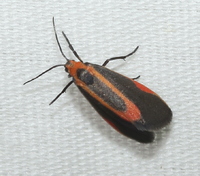
| Recorded by: David George, Jeff Niznik, Rich Teper on 2024-04-17
New Hanover Co.
Comment: | 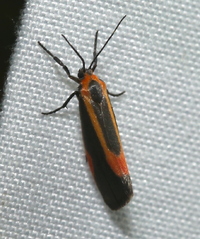
| Recorded by: David George, Jeff Niznik, Rich Teper on 2024-04-17
New Hanover Co.
Comment: |
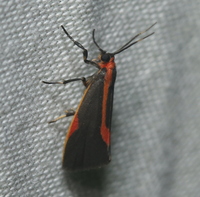
| Recorded by: David George, Jeff Niznik, Rich Teper on 2024-04-16
New Hanover Co.
Comment: | 
| Recorded by: David George, Jeff Niznik, Rich Teper on 2024-04-16
New Hanover Co.
Comment: |

| Recorded by: Jeff Niznik on 2023-06-18
New Hanover Co.
Comment: | 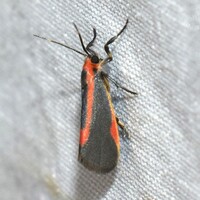
| Recorded by: Jeff Niznik on 2023-06-17
New Hanover Co.
Comment: |

| Recorded by: R. Newman on 2022-09-17
Carteret Co.
Comment: | 
| Recorded by: R. Newman on 2021-04-25
Carteret Co.
Comment: |

| Recorded by: R. Newman on 2020-09-23
Carteret Co.
Comment: | 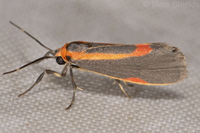
| Recorded by: Mark Shields on 2019-10-10
Onslow Co.
Comment: |
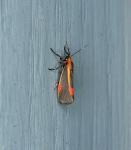
| Recorded by: E. Corey, T. DeSantis on 2012-04-16
Onslow Co.
Comment: | 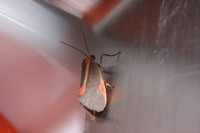
| Recorded by: Ed Corey on 2008-09-30
Bladen Co.
Comment: |
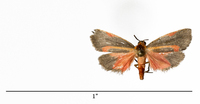
| Recorded by: Steve Hall on 1995-09-28
Pender Co.
Comment: Male; typical pattern; wingspan = 1.4 cm; forewing length = 0.6 cm |

 »
»



 »
»

